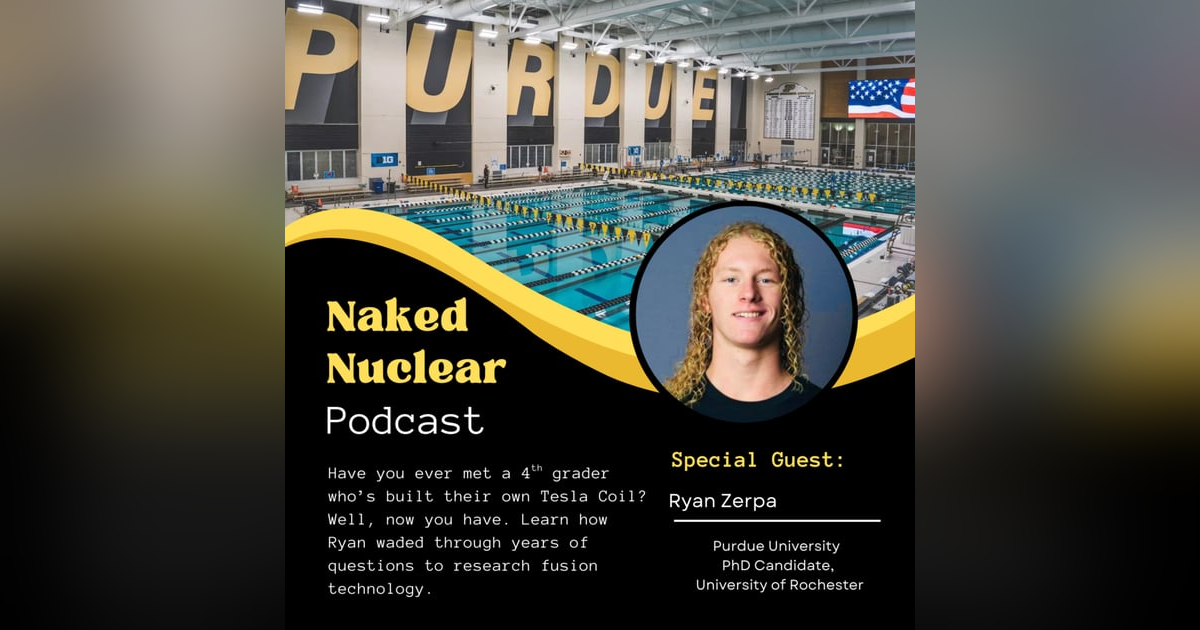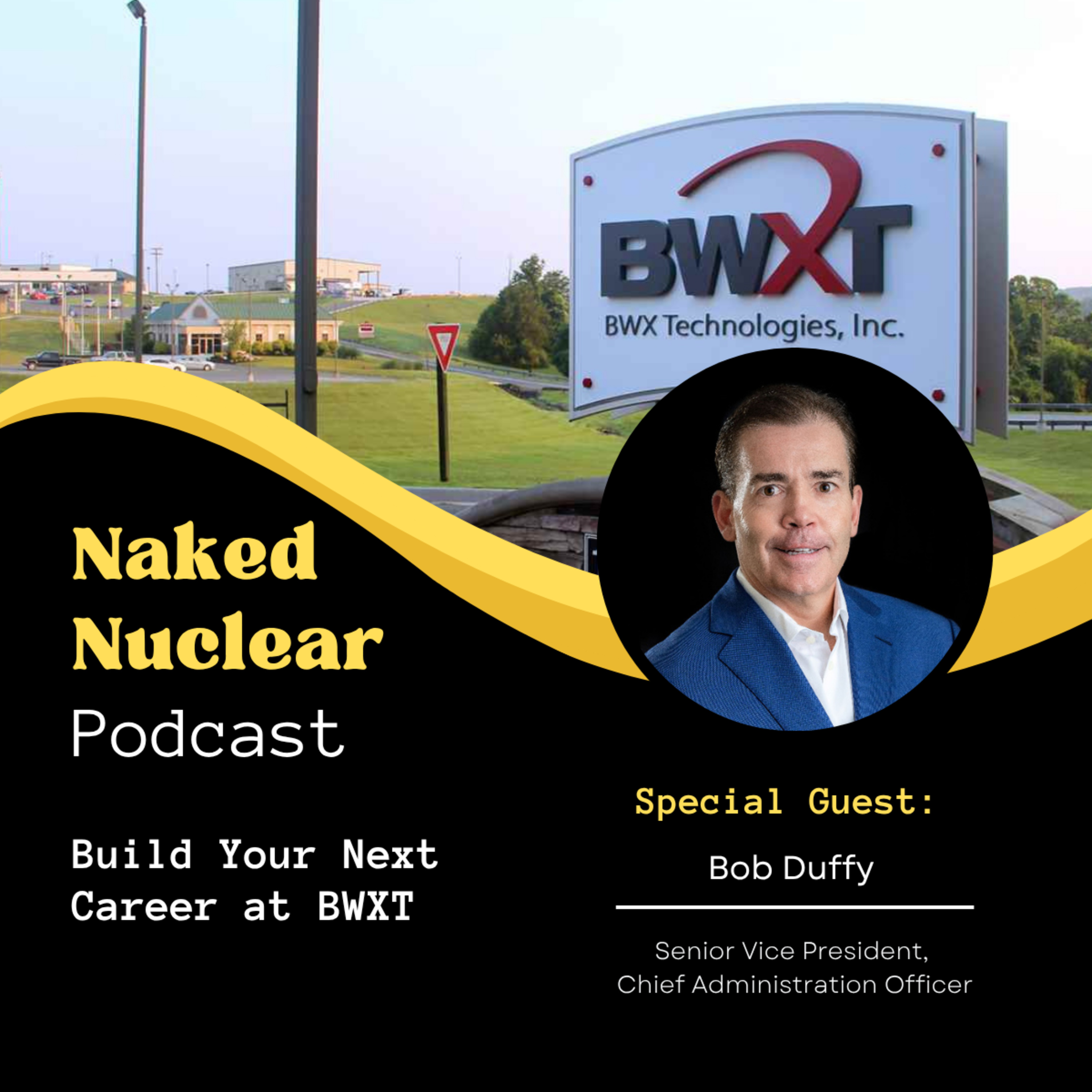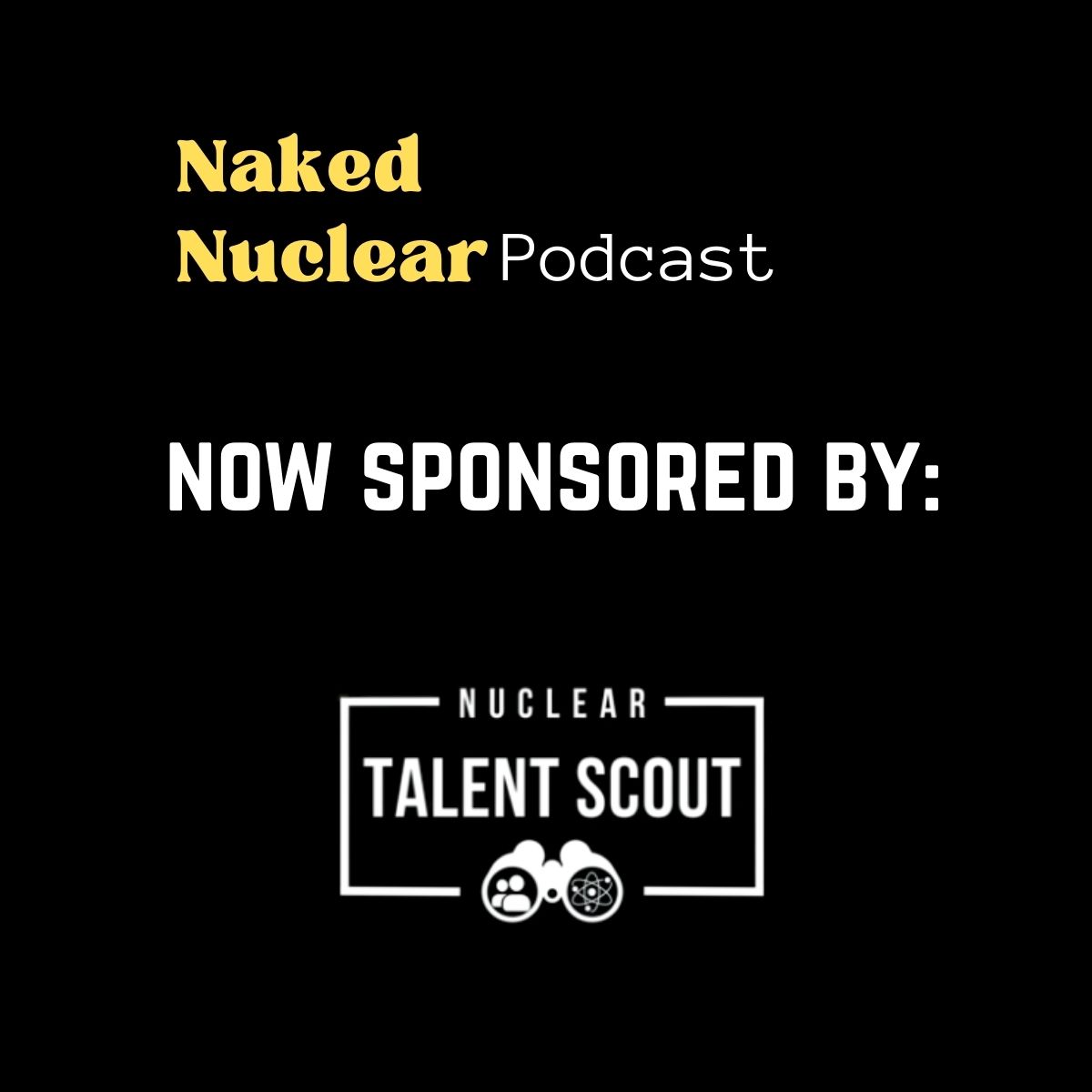Swimming through Fusion Research: Student Spotlight with Ryan Zerpa

In this Student Spotlight, we trace how childhood curiosity—sparked by Nikola Tesla and MythBusters—led Ryan Zerpa from building a Tesla coil in grade school to pursuing fusion research.
Ryan shares how he reframed a mostly-fission undergrad at Purdue Nuclear Engineering into a launchpad for fusion, what he learned working around pulsed-power experiments like Sandia’s Z Machine, and how Division I swimming forged the time-management and grit research demands.
We unpack his plain-language way of explaining fusion (from “why energy transition” to “how plasmas are tamed with lasers and magnets”), then close with his next step: a PhD in high-energy-density physics at the University of Rochester (LLE)—and his advice for students to ask relentlessly and feed their curiosity.
What you’ll learn
Why Tesla, fields, and hands-on tinkering pulled Ryan toward electromagnetism and fusion
How to turn a fission-heavy curriculum into fusion-useful skills (transport theory, fluids → plasmas)
What pulsed-power/HEDP experiments aim to do and why nanosecond timing matters
The student-athlete toolkit for research: discipline, recovery, and focused practice
A simple, audience-friendly way to explain fusion—and why storytelling in science matters
Practical advice for aspiring students: persistence beats perfection
Sandia National Laboratories (SNL) — overview of the national lab and mission:
https://www.sandia.gov/ Sandia National LaboratoriesZ Pulsed Power Facility (“Z Machine”) — Sandia’s pulsed-power/HEDP platform:
https://www.sandia.gov/z-machine/ | About Z: https://www.sandia.gov/z-machine/about-z/ Sandia National Laboratories+1Purdue University — Nuclear Engineering — program home:
https://engineering.purdue.edu/NE Purdue EngineeringRyan’s PhD site — University of Rochester, Laboratory for Laser Energetics (LLE)
https://www.lle.rochester.edu/homepage/


